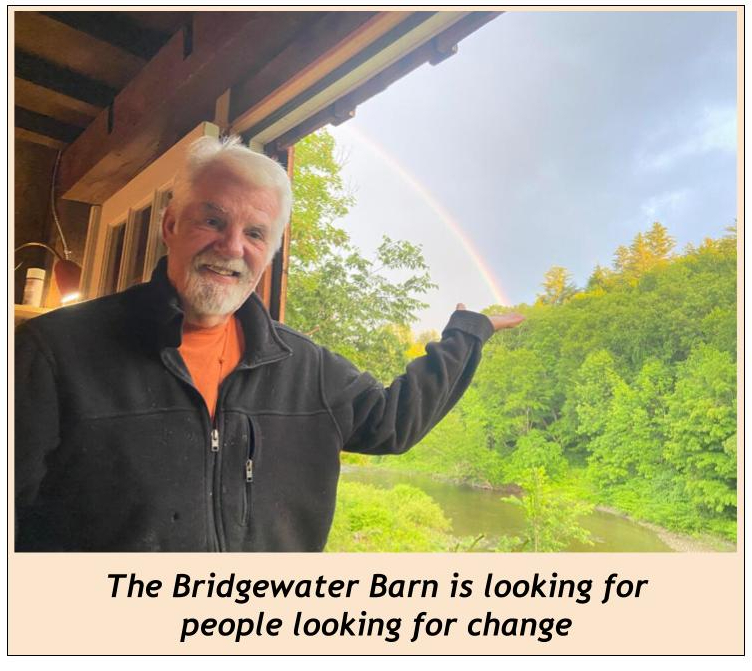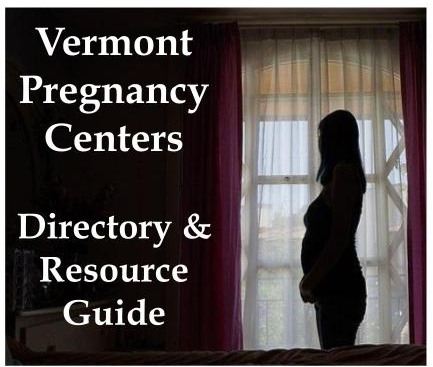
August Schwerdfeger, CC BY 4.0 https://creativecommons.org/licenses/by/4.0, via Wikimedia Commons
by Vermont Auditor Doug Hoffer, in VermontBiz.com
I suspect I was not alone in being moved when I read about the dedicated state Dam Safety Program employee sleeping at the Waterbury Reservoir dam station to be on hand if flood conditions warranted emergency action. He was joined during the worst of the storm by state and local officials and countless Vermonters in taking steps that helped prevent even worse devastation. They deserve our gratitude.
When nine inches of rain falls in a short period of time, bad things are going to happen. It’s not always clear what those bad things will be, but we know some communities will flood, some infrastructure will be damaged, and some lives will be impacted.
Government can proactively take steps to mitigate the risks or severity of disasters, though, especially in terms of critical infrastructure. Unfortunately, like in health care, prevention is often underfunded and unappreciated.
With that in mind, and well before July and August’s flooding events, my office audited the performance of Vermont’s Dam Safety Program (DSP). The basic questions we wanted to answer were whether Vermont was doing all it could to make sure Vermont’s hundreds of dams are being inspected frequently enough, and whether they were being properly maintained to keep people safe.
What did we find?
Overall, we found that the Dam Safety Program had historically been too understaffed to fulfill its inspection duties, that many large dams were allowed to linger in poor condition for many years (including some State-owned dams), and that new rules intended to require improvements where life and property is threatened are well more than a year behind schedule.
Specifically, we found:
- The DSP has not been inspecting all dams within the required timeframe and has not recorded all inspections in their inventory database.
- The DSP’s centralized dam inventory does not include complete and accurate condition and hazard potential ratings.
- The DSP followed-up on the recommendations they made to dam owners during inspection visits during subsequent inspections. In most cases, though, the subsequent inspections found that the dam owners had taken little or no action to improve the overall condition of the dam.
- Some of the dams in our review had been classified as being in poor condition for as much as 18 years, as shown in the table below.
As we finalized our audit, the Administration proposed, and the Legislature approved, the addition of several new staff positions at the Dam Safety Program and a one-time boost in funds to carry out more dam assessments. These are positive developments, but more is needed.
Vermont State government knows that a number of large dams are in bad shape, and that if they fail Vermonters could be killed or significant property damage could occur. For too long, state officials have demurred on prioritizing the funds and policies needed to safeguard against catastrophes.
In light of this summer’s floods, and knowing full well that these rain events are going to come ever-more frequently, perhaps now this critical and dangerous infrastructure will receive the preventive care that’s needed.
Read the full Dam Safety report
Categories: State Government








“knowing full well that these rain events are going to come ever-more frequently” …. really Doug?
You’re into predicting Vermont’s future weather now?
What, on the basis of IPCC data?
In 1811 Vermont was flooded as bad as 2011. The only ‘record’ of that data was carved into a ledge in Florence – along with the levels of 1913,1927,1938 and 2023′.